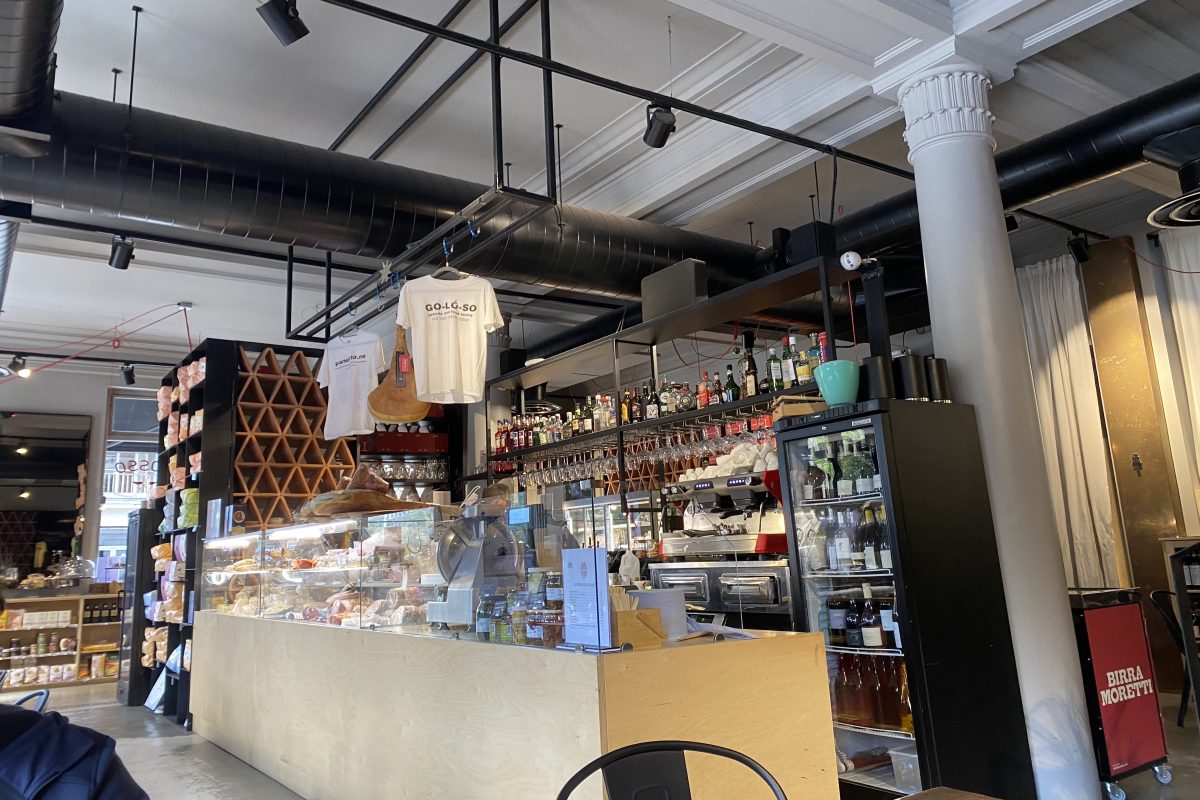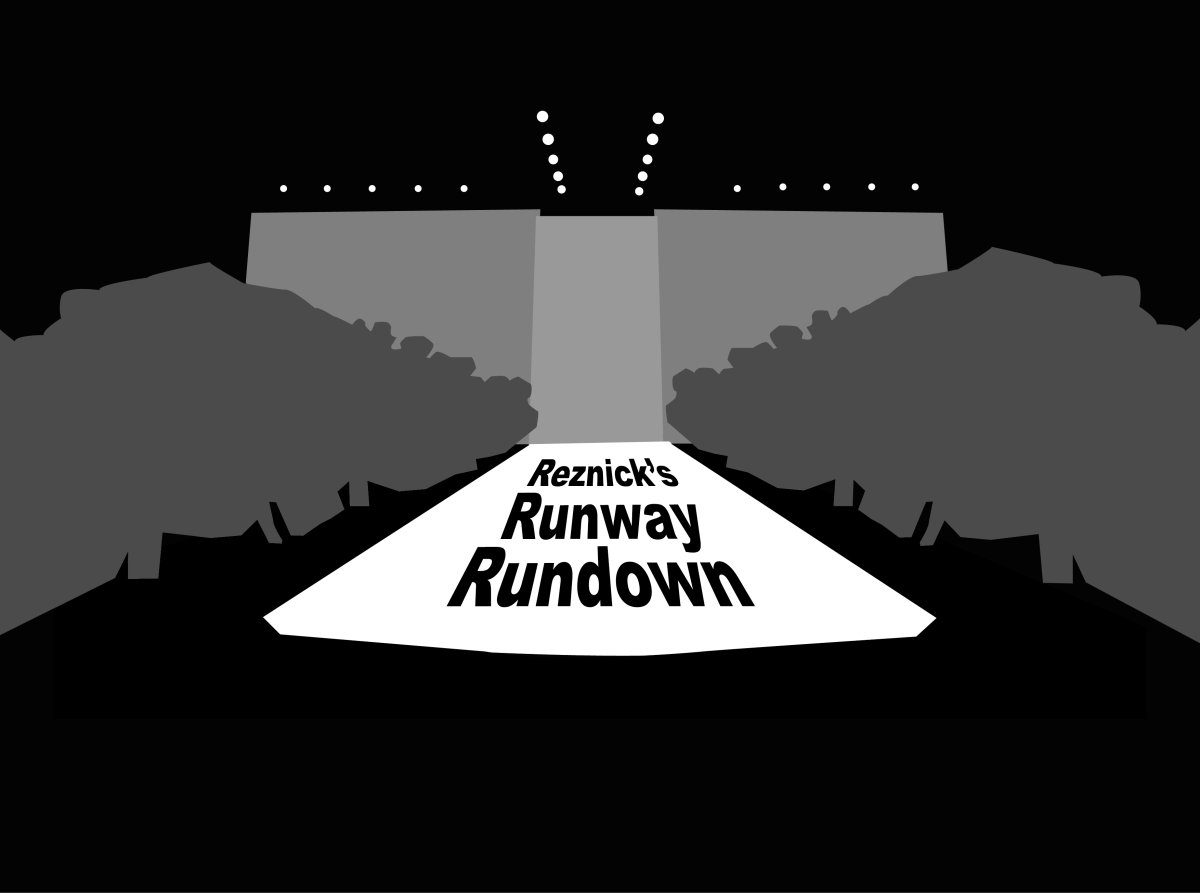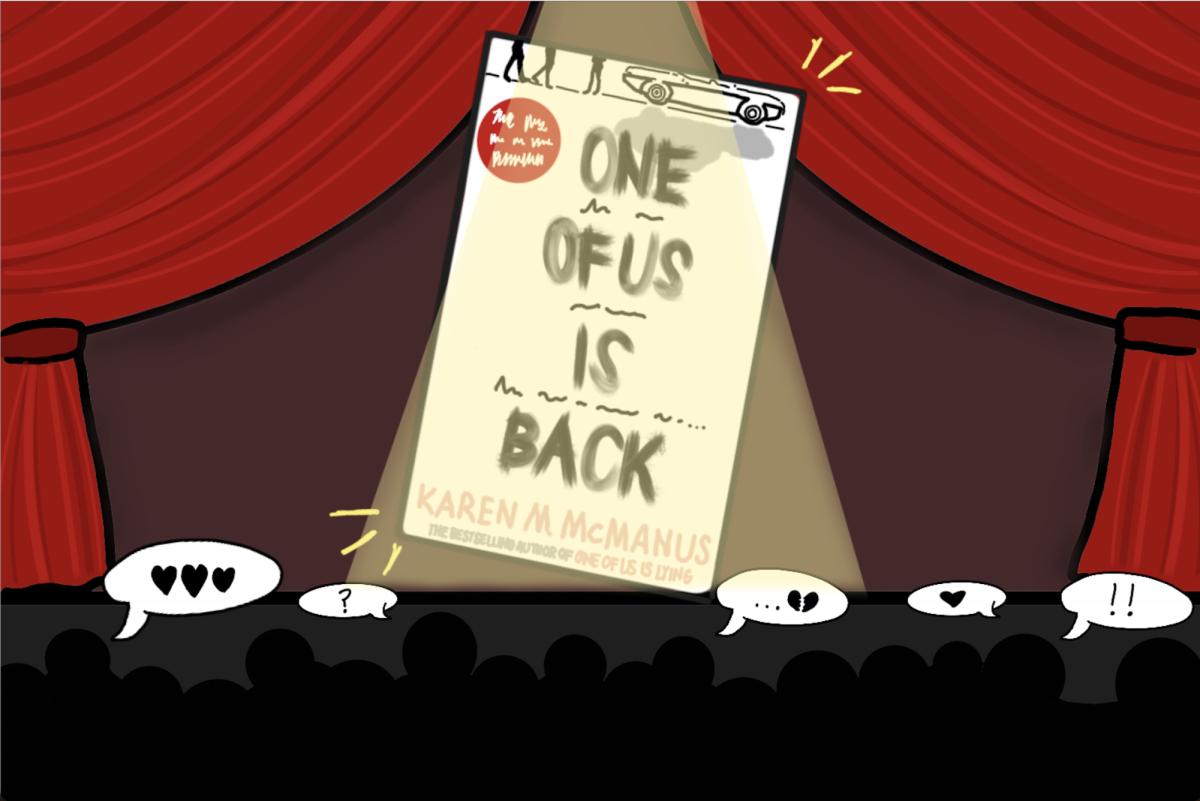KATE KENNEDY CULTURE EDITOR
In 1901, 11-year-old Solomon Galaman uttered his last words: “Mommy I saved him but I couldn’t save myself.”
Galaman had sacrificed his life for his little brother by throwing himself into the street to save his brother from being trampled after seeing the oncoming traffic.
Eleven years earlier, in 1890, eight-year-old Henry James Bristow saw his little sister enveloped in flames and threw himself onto her to rip off her burning clothes, saving her life but sacrificing his own, as he died of shock and burns.
The names and stories of these people and 50 others are commemorated on plaques displayed on a wall, tucked inside an idyllic little park located in the heart of downtown London, across from St. Paul’s Cathedral and near a Topshop and a Boots.
The park’s hidden location in this bustling and busy city is
only betrayed by a small black iron gate, surrounded by trees and jammed in between towering office buildings. Next to the gate, a humble plaque reads “Postman’s Park. For God so loved the world, that He gave his only son, that whoever believes in Him, should not perish, but have everlasting life. John 3:16.”
These religious words are all the more striking because of this park’s location and purpose. The park, dedicated to the sacrifices that common, everyday citizens have made, all but sits in the shadow of St. Paul’s, a gargantuan monument to the greatest sacrifice that Christians believe Jesus made through his crucifixion. The fact that this park is tucked away, easily missed and surely overlooked, is a testament to the vivacity of culture in London, where beautiful things are hidden in the most unsuspecting places.
The inside of the park is so much more poignant than the outside conveys. Through the gate there is grass, trees, and a koi pond fountain. Old, faded grave markers, dating back to the early 1800s, periodically dot the
perimeter of the park.
A few steps into the park there is another sign that reads “Watt’s memorial, built in 1900 as a tribute to heroic men and women.” It is clear that this park is much more than just a beautiful respite from city life.
The Watt’s memorial is a wall filled with tiles detailing the deaths of those who sacrificed their lives for others and a wooden sign stating, “In commemoration of heroic self sacrifice, 1899.”
The memorial’s poignancy comes not from its quiet, artistic beauty, but the striking content of what it describes: people who gave their lives for brothers, sisters, children, friends, schoolmates, strangers, and on one plaque, a “foreigner.”
What makes this place so special isn’t just the ideals that it promotes, such as selflessness, heroism, and generosity, but that it celebrates individual people. The plaques are so specific, relating actual names and stories, but through the specificity comes the universality of the park’s appeal: These people are important, they should be remembered, they should inspire us and remind us what is so incredible about humanity. Each name represents not only a real person’s life, but also whatever that person’s life might mean to a stranger, strolling through the park.
Although this wall commemorates people who died at different ages, all the way from 8-61 old, the overwhelming majority were children, teenagers, and young adults.
Ten-year-old Edward Morris sacrificed himself for a sinking companion. Nineteen-year-old Amelia Kennedy saved her sister from a burning building. Twenty-three-year-old John Cramner, drowned, as he saved “a stranger and a foreigner.” Twelve-year-old David Selves jumped into a river to hold his friend as they departed their lives together. Something about youth must breed self-sacrificial heroism.
The impulsiveness of youth, which has so often been criticized, seems to translate into, to coin a hailed core value, “the courage to act.” We, the younger generation, have impulses that drive us not only to make regrettable decisions on Saturday nights, procrastinate on our homework and make thoughtless, hurtful comments, but also seem to have, in equal measure, impulses to preserve the well-being of others at the greatest cost to ourselves. There is something unique about our youth which causes us to act on our innate goodness.
So as a high school student who’s never been confronted with a drowning schoolfellow these plaques hold little real-world value. Our days are dominated by our own education and the ASL experience, which although beneficial, can be very insular at times.
Postman’s Park represents not only another world and great tragedies past, but also hope and inspiration for us to see the amazing things we are capable of.
The memorial puts the little sacrifices we make every day into perspective and forces us to ask that pivotal question: Would we ascend the stair into a burning building to save our mother, like Mrs. George Yarman, or jump into a freezing lake if our companion called for help? But even more than that, it shows us the power that each one of us has, and inspires us to aim for something even greater than just following the rules and achieving good grades and success.
kate_kennedy@asl.org







